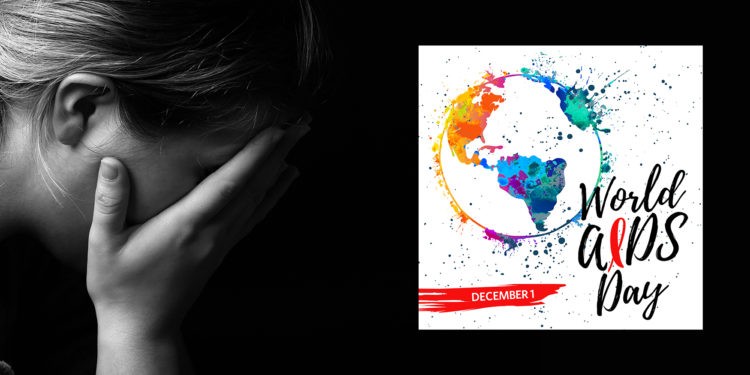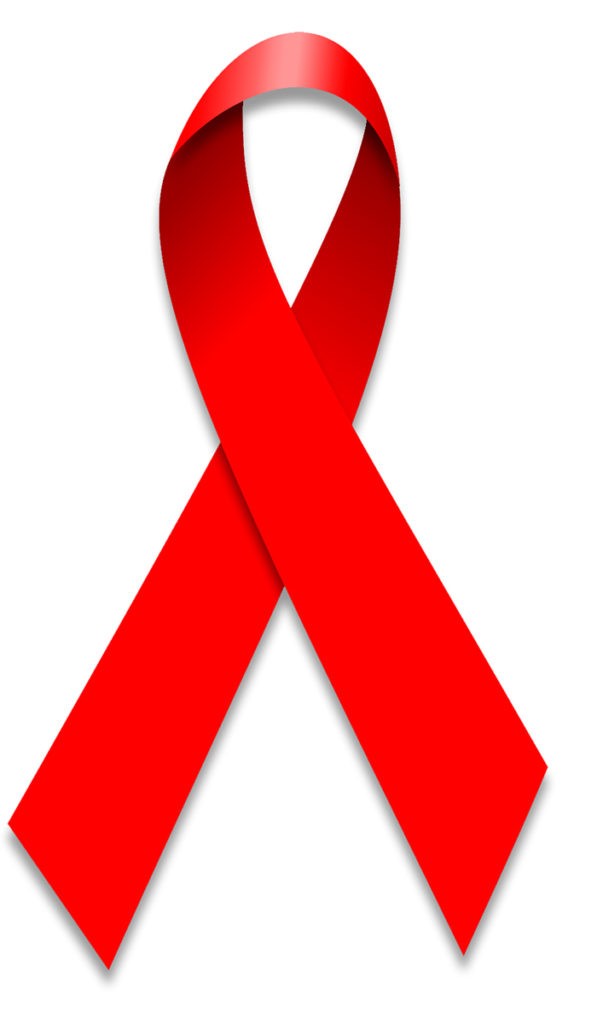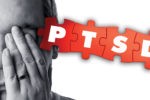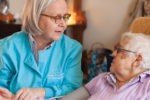World AIDS Day

It’s Time to Add to the Story
She sat at the next table and facing me at a local burger joint. She had just taken our order and was now taking a break from this, her second job. Her name tag, which read “Lilly”, always hung crookedly near her shoulder. We had seen each other weekly as I took the kids out each Friday night, but had never really spoken beyond pleasantries.
This time was different.
I mentioned how she inspired me to keep working toward my own goals and through my own difficult time, as she worked so hard in the greasy, hot, and small restaurant. That was all it took for the gates to her life to open. She worked so hard because she had to, she explained. She was not sure how long she’d be able to work and had medical bills mounting. She hoped to be able to leave something to her two grandsons if she were to die. Looking at her, it was clear she had already suffered sustained hardships, the kind that is put upon you rather than self-induced, with that cavernous look of deep pain in her eyes that betrayed her smile. But she didn’t look like she was dying, or even sick.
Soon, we were at the same table, so we could share more privately. As Lilly spoke, I tried to guess what she suffered from. Cancer seemed likely to me. When other employees were out of earshot, she explained that she had AIDS. Though she was not in any risk group, her now ex-husband was as an addict and someone who was known to spend time with sex workers. He had contracted the disease and knowingly passed it on to her. It was long after when it was discovered, complicating effective therapy. Still, she explained, she could live her natural lifespan.
Her break was near an end, and she asked me not to tell anyone because she didn’t want it to impact her work, or what anyone thought of her. Outside of her children and doctors, she had told one person. Me. And it was going to stay that way. She said she just wanted one person in the world to know. I was honored to be that one.
We continued to go to the burger place every Friday for the next 3 years, and she would schedule her break to spend time with us. As always, her energy seemed as inexhaustible as her determination. Then we moved over an hour away and reduced our visits to once a month. With more time between visits, it was easier to see subtle changes such as a sort of nervous hard blinking, perhaps a side-effect of the treatment.
Of necessity, our visits to the restaurant became more sporadic. Finally, after three months we made it back to find Lilly was not there. She had quit, they told me. As she was extremely private, we have never even exchanged phone numbers so I tried to search to find her online, an address perhaps. And there it was. The obituary was simple and short, and minus details, much like she would have wanted. Pneumonia. Survived by two daughters and two grandsons. At that moment I finally saw AIDS for the horrible scourge it is and hated myself and the world for not doing more to end it. I wished I could add in all the beautiful things I knew about her but even more wished the story could continue. She had so much life yet to live.
As a writer, I can drag out a storyline, and prepare readers for what is to come. I can create happy endings at my will. But that’s not real life. HIV/AIDS in real life is filled with untold stories and too soon endings, even here in the US with access to the best medical care in the world.

December 1st is World’s AIDS Day. It’s one day that specially highlights a complex and deadly disease that impacts every community in every country across the globe. Although antiretroviral therapy has transformed HIV from a nearly always fatal infection into a manageable chronic condition, HIV remains a global health threat for which there is no cure. According to the Centers for Disease Control and Prevention (CDC), in 2017, worldwide approximately 36.9 million people were living with HIV, an estimated 940,000 people died from AIDS-related illnesses, and about 1.8 million people were newly infected with HIV.
In the US, there are 1.1 million people living with HIV and nearly one in seven are unaware they have it. In 2017, 66% of annual new HIV infections occurred among gay men and other men who have sex with men among whom African American/black men are most affected, followed by Latino/Hispanic men. Heterosexual African American/black women, young people and transgender women of all ethnicities are also disproportionately affected. Here, stigma and discrimination continue to hamper people’s access to HIV prevention as well as testing and treatment services, which fuels a cycle of new infections.
Globally, AIDS in Africa remains at an epidemic level and is the leading cause of death in that area. It is Africa’s biggest obstacle to development and one of the most important societal challenges. There are 1.7 million AIDS orphans in South Africa. Left alone and in poverty, these children are often forced into the sex trade and contract the deadly disease themselves.
Why are we observing World AIDS Day? While improved healthcare has significantly reduced mortality in many countries, 1.7 million people still do not receive antiretroviral therapy – the drug treatment strategy for HIV patients. And while science is advancing toward a cure and the number of laws protecting people with AIDS is increasing, as a global society, we remain mostly unaware of what we can do to help, and even unaware of the affected people around us.
AIDS isn’t someone else’s story. It’s our story, and it is up to all of us to tell it, and to add to the pages of research until we have a cure. It is up to us to write a happy ending. As you honor World AIDS Day, please remember Lilly for me.
Jeanie Edgmon is a freelance writer and activist from California and has worked with the Publisher of Healthy Kansas City magazine for over a decade now. Having interviewed a wide swath of humanity from high profile individuals to those living in the shadows, she feels fortunate to have the opportunity to come to know the hearts of people beyond their circumstance, and even more honored to share their beauty.
For more information: https://aidsinfo.nih.gov






